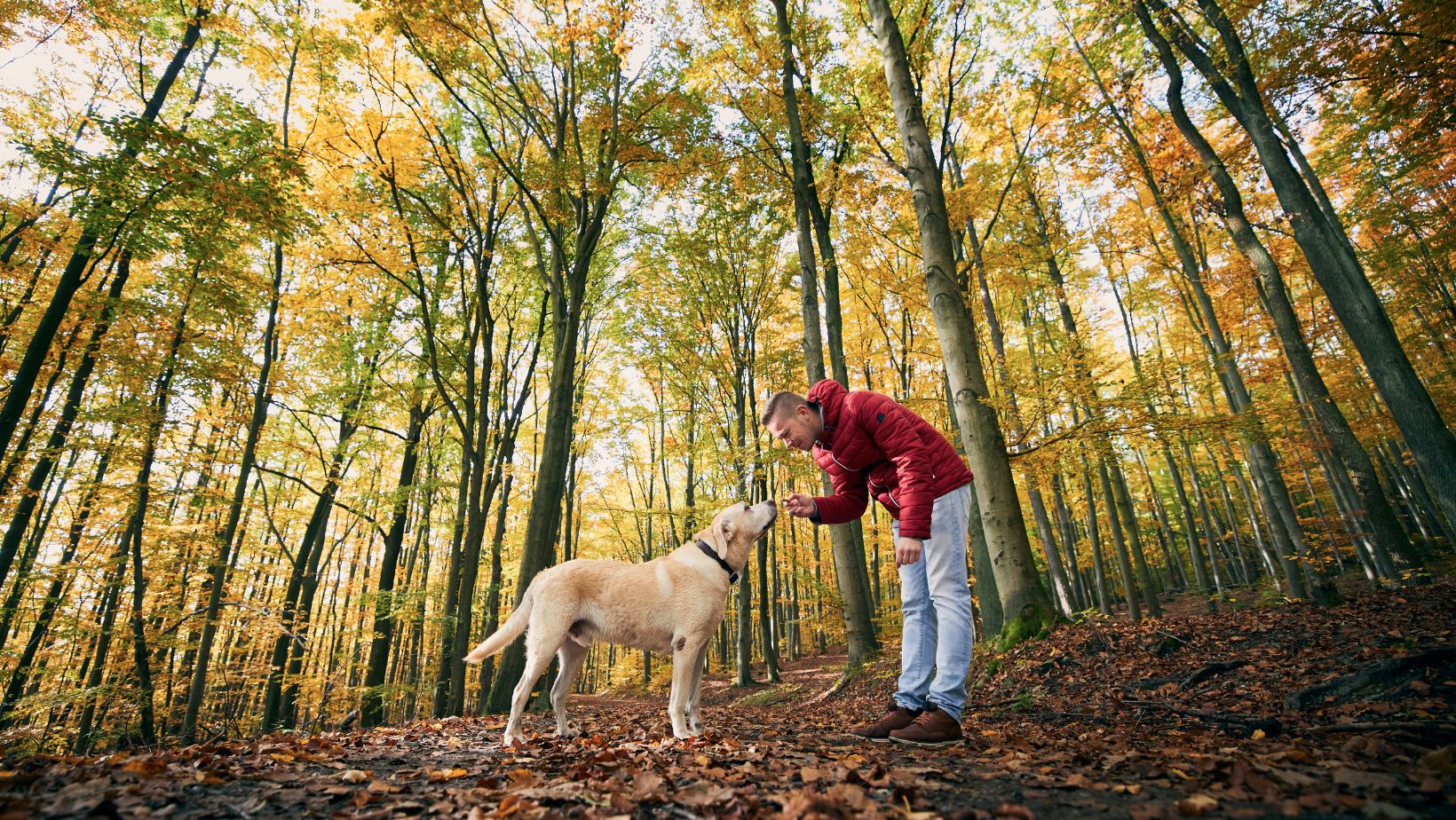How to Train Your Dog Off Leash
If you’re a proud owner of a Labrador and want to enjoy off-leash adventures with your furry friend, you’ve come to the right place. Training your dog to be reliable off leash requires dedication, consistency, and patience. In this article, I’ll share some valuable tips on how to train your Labrador off leash effectively.
Firstly, establishing a strong foundation of basic obedience commands is crucial. Teach your Labrador commands like “sit,” “stay,” and “come” using positive reinforcement techniques. Consistently reward good behaviour with treats or praise to reinforce their understanding of these commands.
Next, gradually introduce off-leash training in controlled environments such as enclosed parks or fenced yards. Start by practising recall exercises in these safe spaces while gradually increasing distractions. This will help your Labrador learn to respond reliably even when tempted by exciting sights or scents.
Additionally, consider using long training leads initially for added safety and control during off-leash sessions. These leads allow you to maintain physical connection while providing more freedom for your Labrador to explore and practise their recall skills.
Remember that each dog is unique, so tailor the training approach according to your Labrador’s individual needs and temperament. With consistent training sessions and positive reinforcement, you’ll soon witness progress in their ability to stay focused and obedient even without a leash.
So let’s dive into the world of off-leash training together – it’s an adventure that will strengthen the bond between you and your beloved Labrador while allowing them the freedom they crave!
The Importance of Off-Leash Training
When it comes to training your dog, off-leash training is an essential skill to master. Not only does it provide your furry friend with a sense of freedom and independence, but it also enhances the bond between you and your pet. As an expert in dog training, I cannot stress enough the significance of this type of training for both you and your loyal companion.
- Safety: Off-leash training ensures the safety of your dog in various situations. Whether you’re walking in a park or hiking on a trail, having control over your Labrador off leash allows them to explore their surroundings without the risk of getting tangled up or running into dangerous situations.
- Mental Stimulation: Dogs are naturally curious creatures and thrive on mental stimulation. Off-leash training provides them with opportunities to engage their senses, investigate new scents, and discover their environment freely. This mental stimulation can help prevent boredom-related behaviours such as chewing or excessive barking.
- Physical Exercise: Just like humans, dogs need regular exercise to maintain good health. Allowing your Labrador off leash gives them the freedom to run, play fetch, and engage in other physical activities that promote cardiovascular health and muscle tone.
- Enhanced Communication: Off-leash training facilitates better communication between you and your dog. By practising recall commands and teaching them to respond promptly even when distractions are present, you’ll establish a stronger connection based on trust and understanding.
- Socialisation Opportunities: Taking part in off-leash activities provides valuable socialisation opportunities for your Labrador. They can interact with other dogs at dog parks or join group training sessions where they learn how to behave appropriately around different breeds.
Remember that off-leash training requires patience, consistency, and positive reinforcement techniques tailored to your dog’s personality and learning style. It’s important to start in controlled environments before gradually introducing more distractions. Additionally, always prioritise the safety of your dog and others by adhering to local leash laws.
In conclusion, off-leash training is a crucial aspect of responsible dog ownership. It promotes safety, mental stimulation, physical exercise, better communication, and socialisation opportunities for your Labrador. Invest time in mastering this skill, and you’ll enjoy the benefits of a well-trained and happy canine companion.
